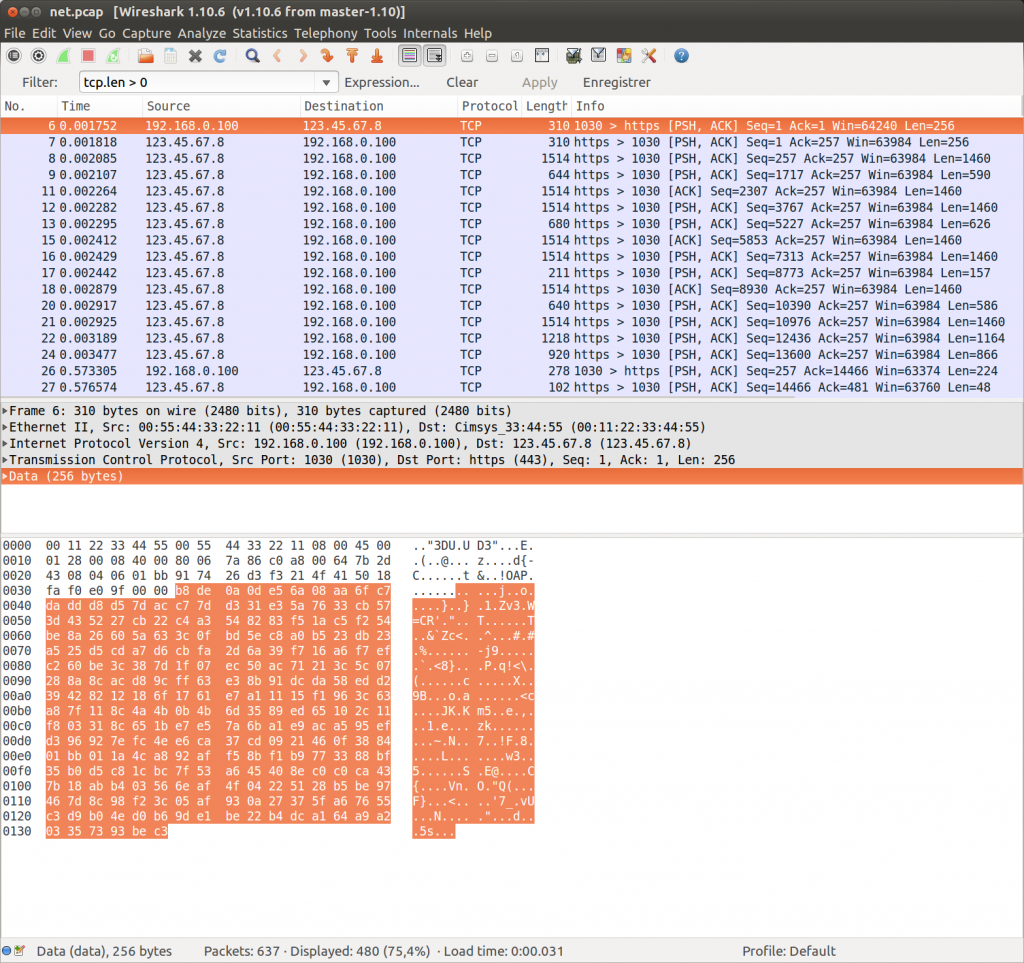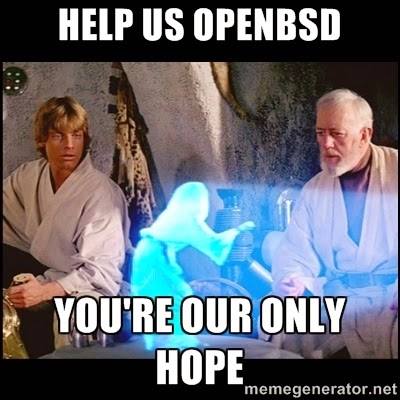Dual_EC_DRBG backdoor: a proof of concept
What’s this ?
Dual_EC_DRBG is an pseudo-random number generator promoted by NIST in NIST SP 800-90A and created by NSA. This algorithm is problematic because it has been made mandatory by the FIPS norm (and should be implemented in every FIPS approved software) and some vendors even promoted this algorithm as first source of randomness in their applications. edit: I’ve been told it’s not the case anymore in FIPS-140-2 but the cat is already out of the bag
If you still believe Dual_EC_DRBG was not backdoored on purpose, please keep reading.
In 2007 already, Dan Shumow and Niels Ferguson from Microsoft showed that Dual_EC_DRBG algorithm could be backdoored. Twitter also uncovered recently that this algorithm was even patented in 2004 by Dan Brown (Not the Da Vinci guy, the Certicom one) as a “key escrow mechanism” (government jargon/lingo for trapdoor/backdoor).
I will go a little bit further in explaining how it works and give a proof-of-concept code, based on OpenSSL FIPS. This is in the best of my knowledge the only public proof of concept published today. (correct me if I’m wrong).
Dual_EC_DRBG in a nutshell
The PRNG works as following: it takes a seed that goes through a hashing algorithm. This data is then “fed” into two Elliptic Curve points, P and Q, before being slightly transformed and output.
In order to understand how the algorithm (and the backdoor) works, let’s see the relevant maths from Elliptic Curves: Continue reading “Dual_Ec_Drbg backdoor: a proof of concept”




 In July, a
In July, a